Predictive analysis is the process of predicting “things that will happen in the future” that have not yet happened, based on historical data, statistics, analytics technology, etc. Due to its high accuracy, it has become an indispensable analysis method for growing marketing businesses, and many companies continue to use it to differentiate themselves from their competitors.
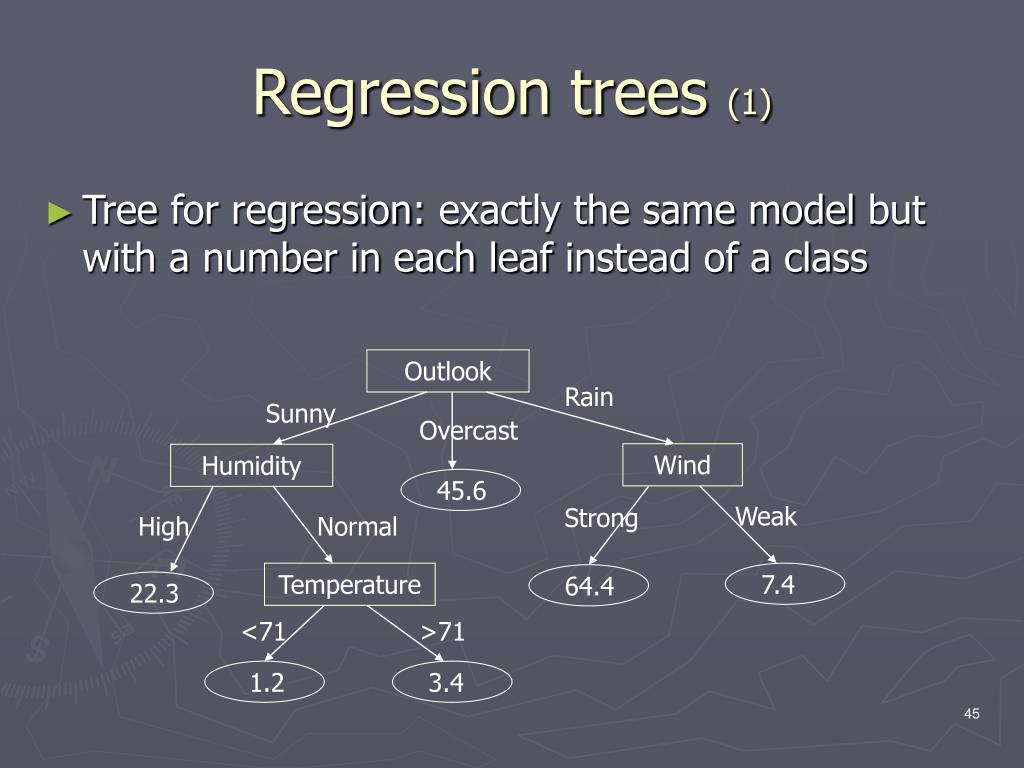
How is predictive analysis actually used in companies in recent years, with advances in technology development, and why is it considered important? We will also analyze predictive analysis by type, how to incorporate it, and how to utilize it.
Reference source:
What is predictive analysis?
Why do we need predictive analytics?

To put it simply, predictive analysis is “forecasting the future.” By analyzing information and patterns from the data that a company has already acquired, it is possible to predict events that may occur in the future. For example, predictive analytics can be used to predict offers from future customers or predict customers who are likely to leave. By using predictive analysis to predict events in advance, companies will have the opportunity and time to develop countermeasures and will be able to make appropriate decisions tailored to the situation.

In addition, many companies believe that it is important to perform predictive analysis, and the actual global market for such systems is said to increase dramatically from approximately 3.5 billion dollars in 2016 to approximately 11 billion dollars in 2022.
Predictive analysis has become an indispensable tool for companies to determine the level of “business risk” in their company and take optimal measures.
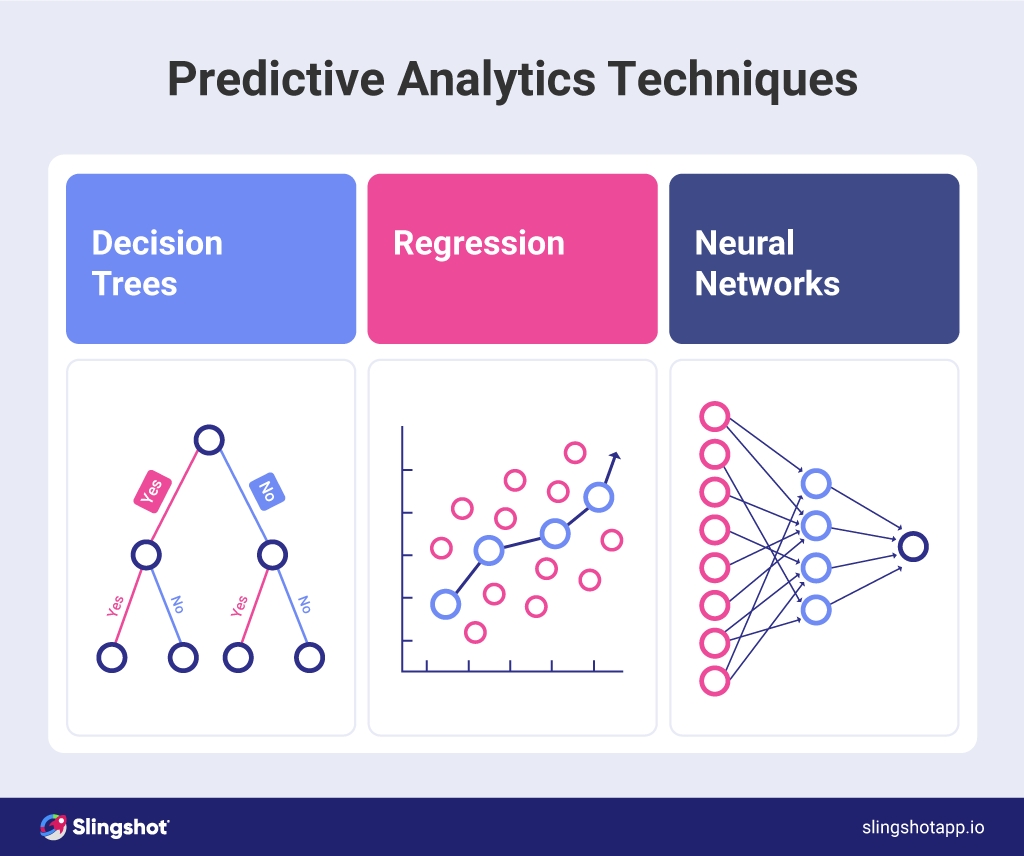
Models by type of predictive analysis
Based on the “customer history”, “trends”, “personal information”, etc. that the company has, we use AI (artificial intelligence) and data mining (statistics, pattern generation) to create a basic model and use it to create a future model. Predictive analytics to analyze the results of. The types of analysis models available are summarized below.
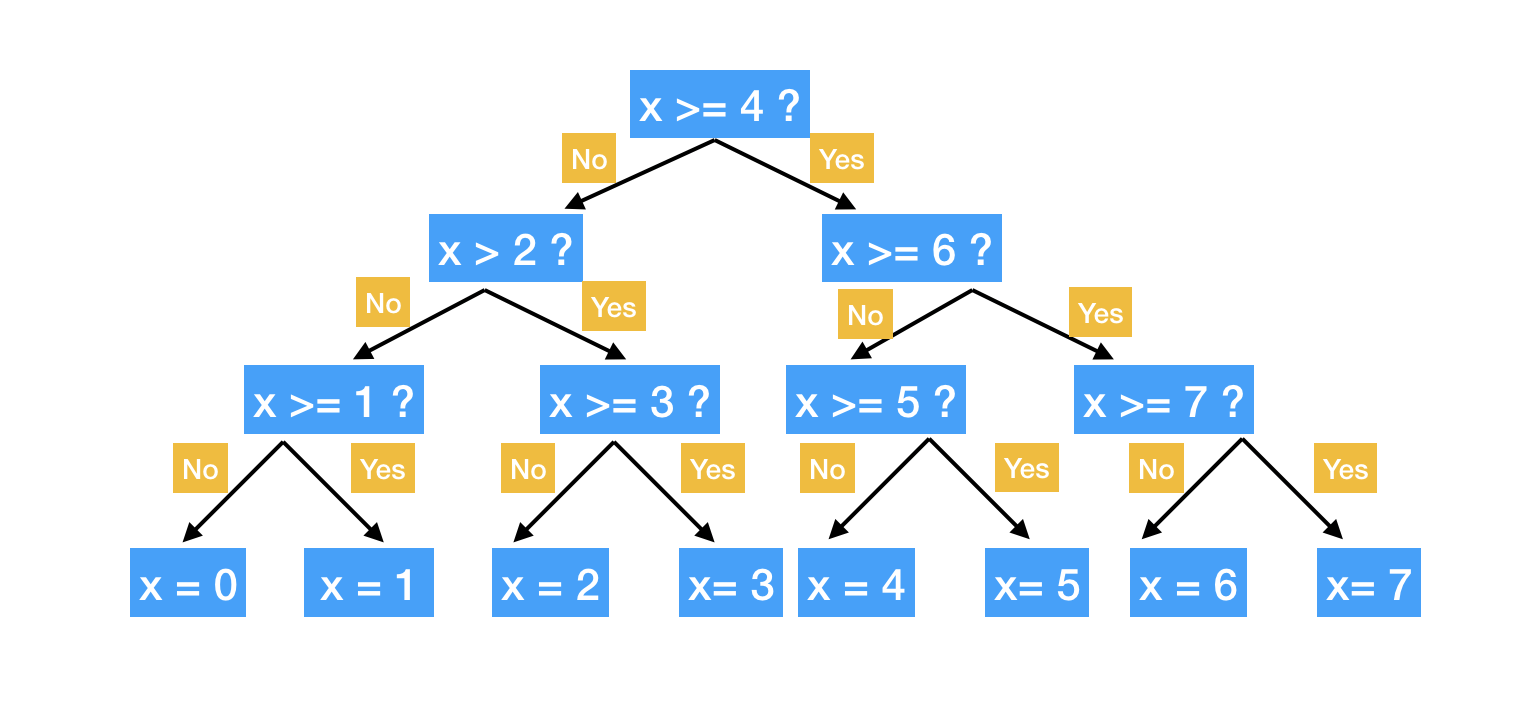
By performing predictive analysis on each of these models, companies will be able to select and identify market opportunities, and will also be able to narrow down the timing of marketing advertisements and target customers.
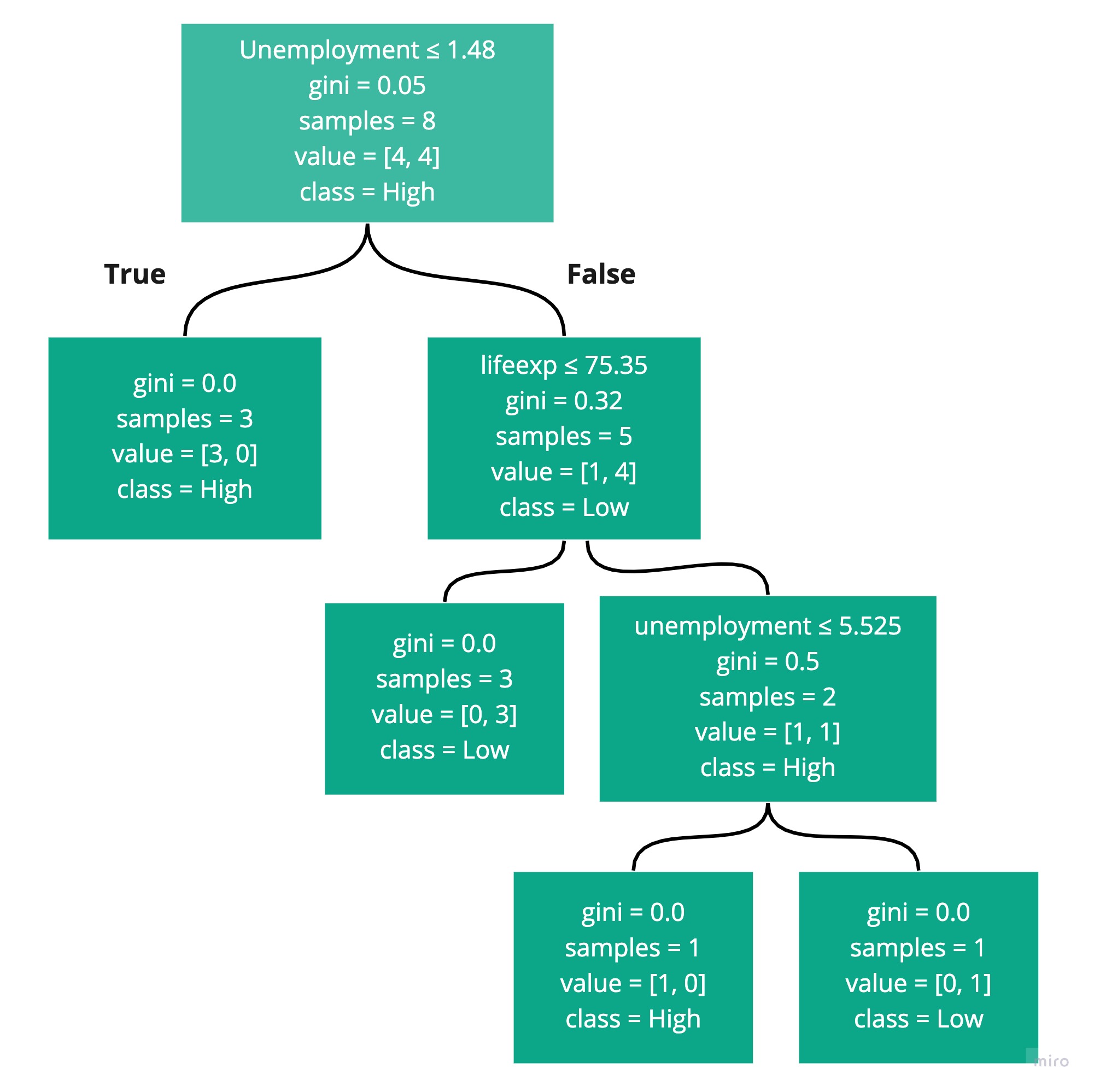
Reference source:
What is predictive analysis?
.jpg)
How to use predictive analytics
Accurate and effective predictive analytics are essential for companies to predict business outcomes in real-time and aim for growth. Predictive analysis requires acquiring a huge amount of data, but it is important to first collect raw data and compile it into one. After that, we test the predictive analysis model to ensure clean data processing, and utilize software to implement and build the model. It is important to share the obtained prediction results with sales and marketing personnel and continue to utilize them.
Reference source:
What is predictive analysis?

summary
Predictive analysis can turn the data a company has collected into a treasure trove. Customer information, which until now could not be found to be of value within the company, may become highly valuable by introducing the latest technology.
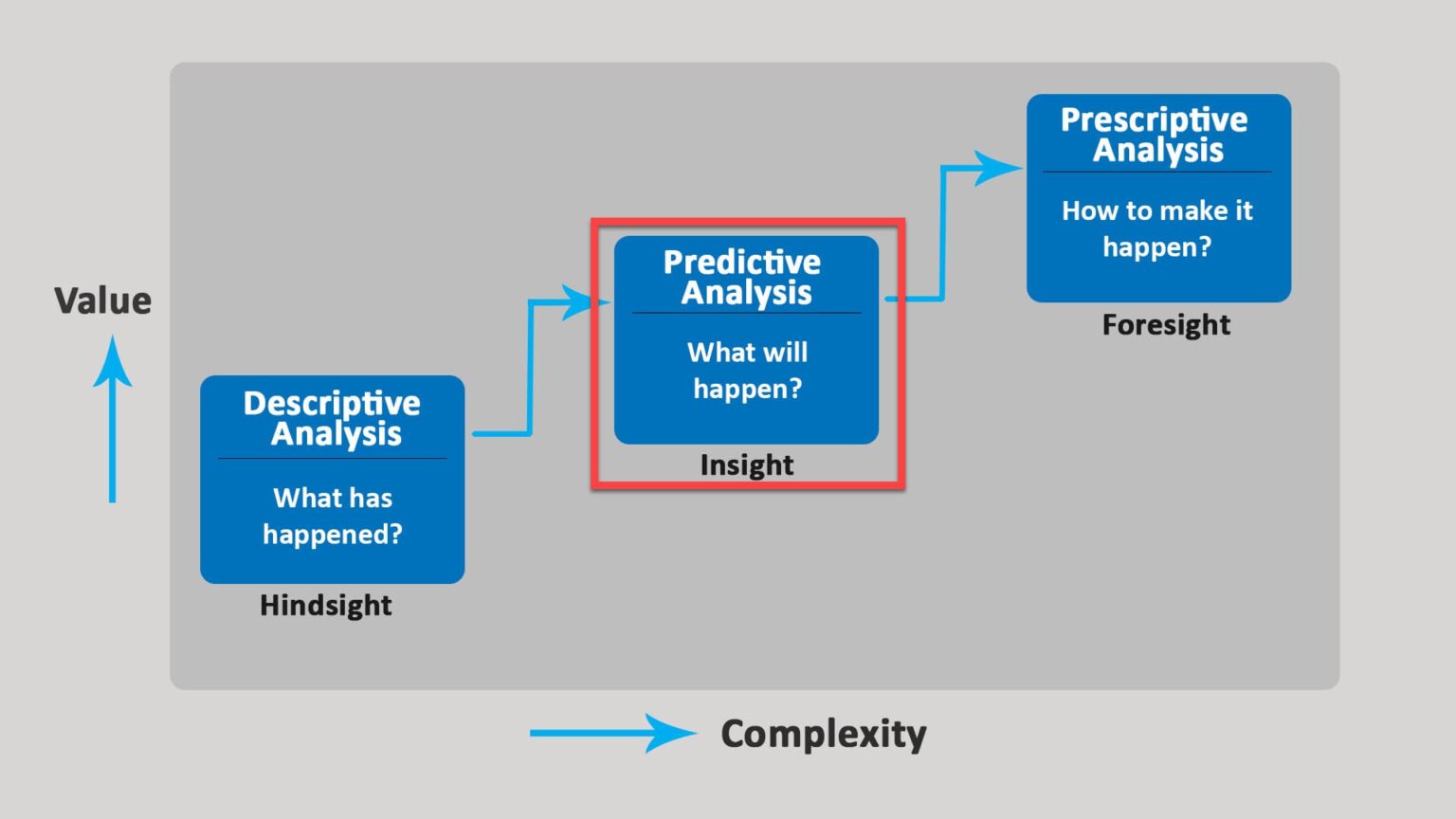
It is important for companies to understand customer trends through future predictions and make decisions at the optimal timing for the company.

Reference source:
What is predictive analysis?


